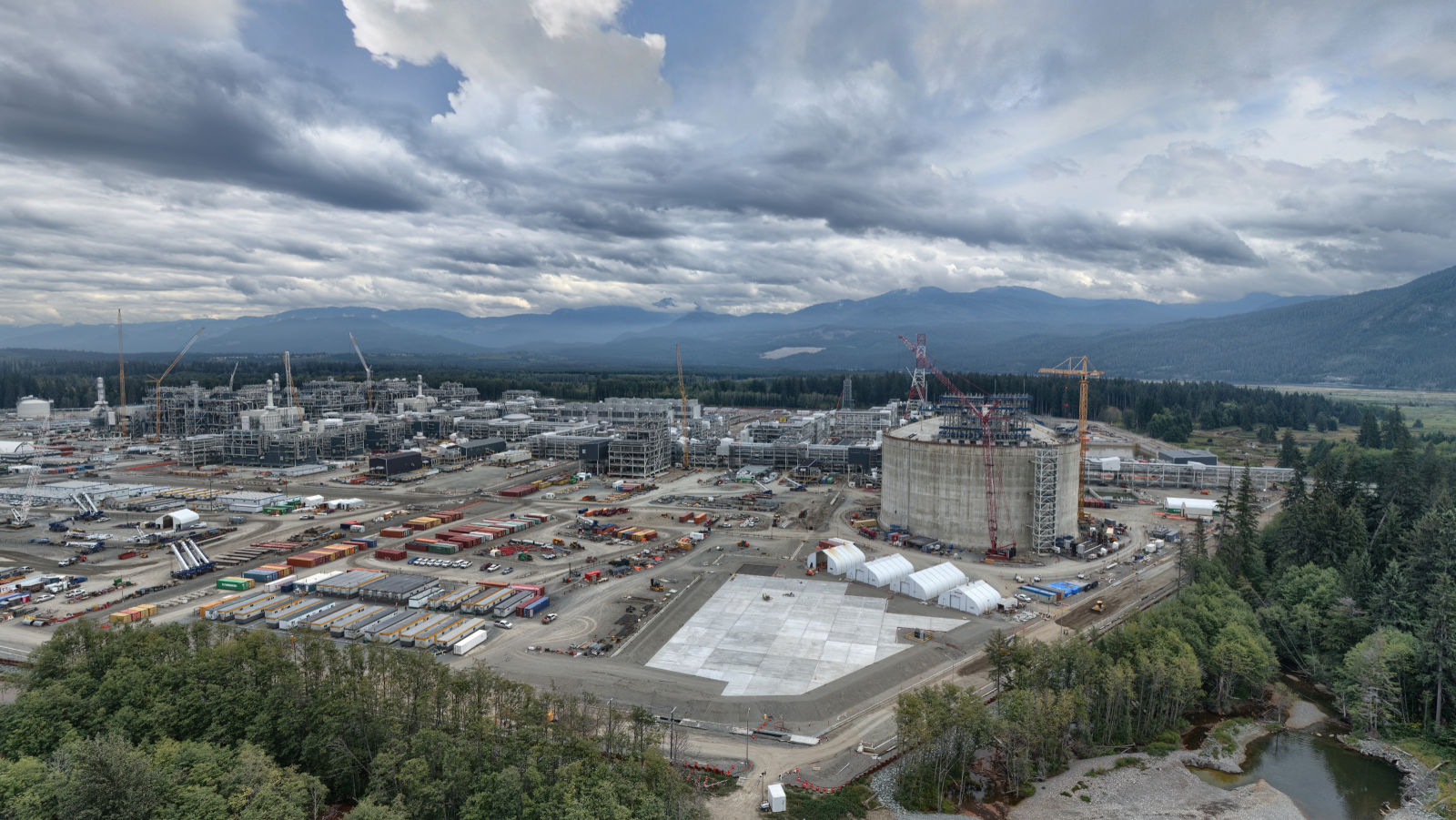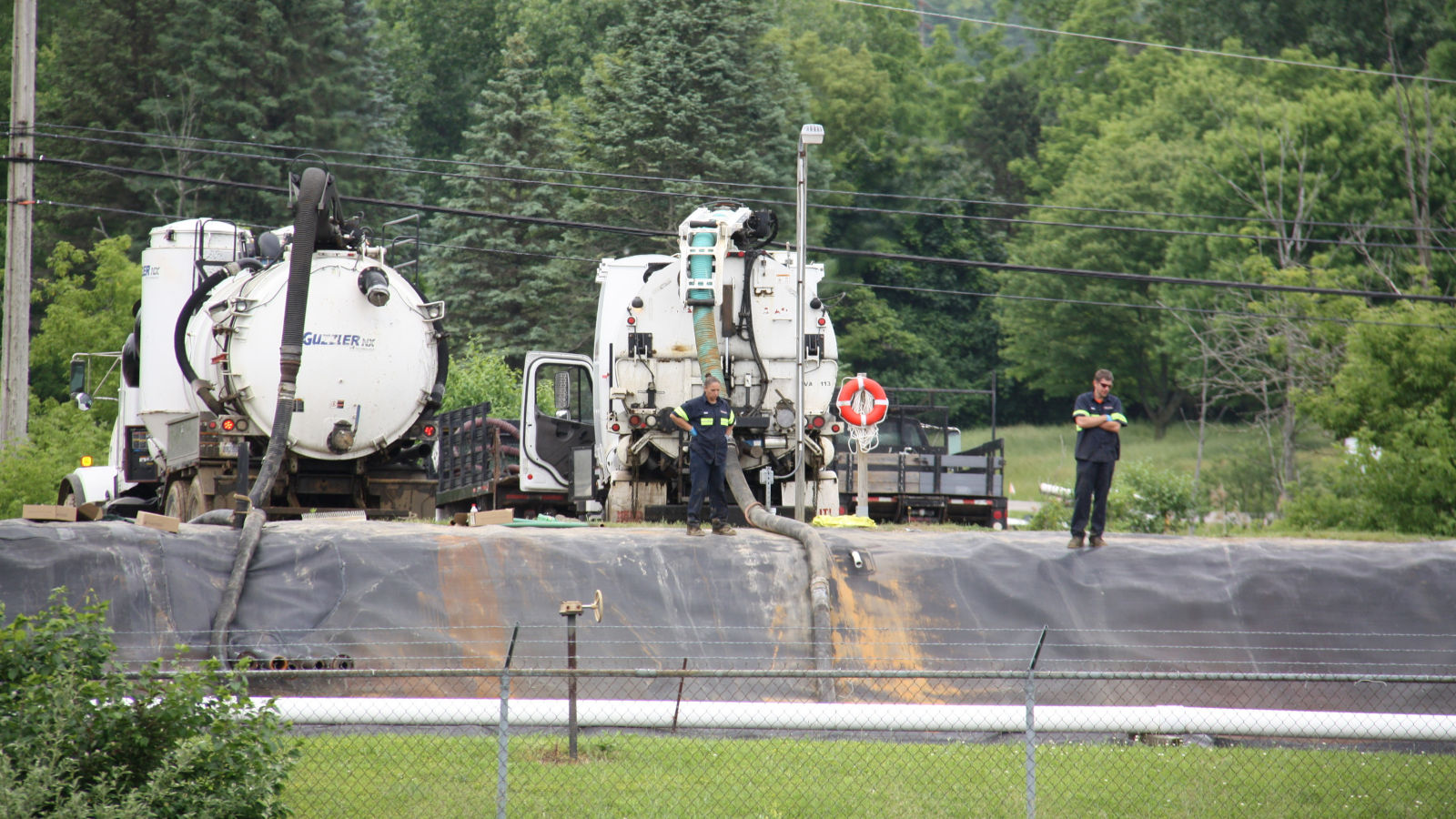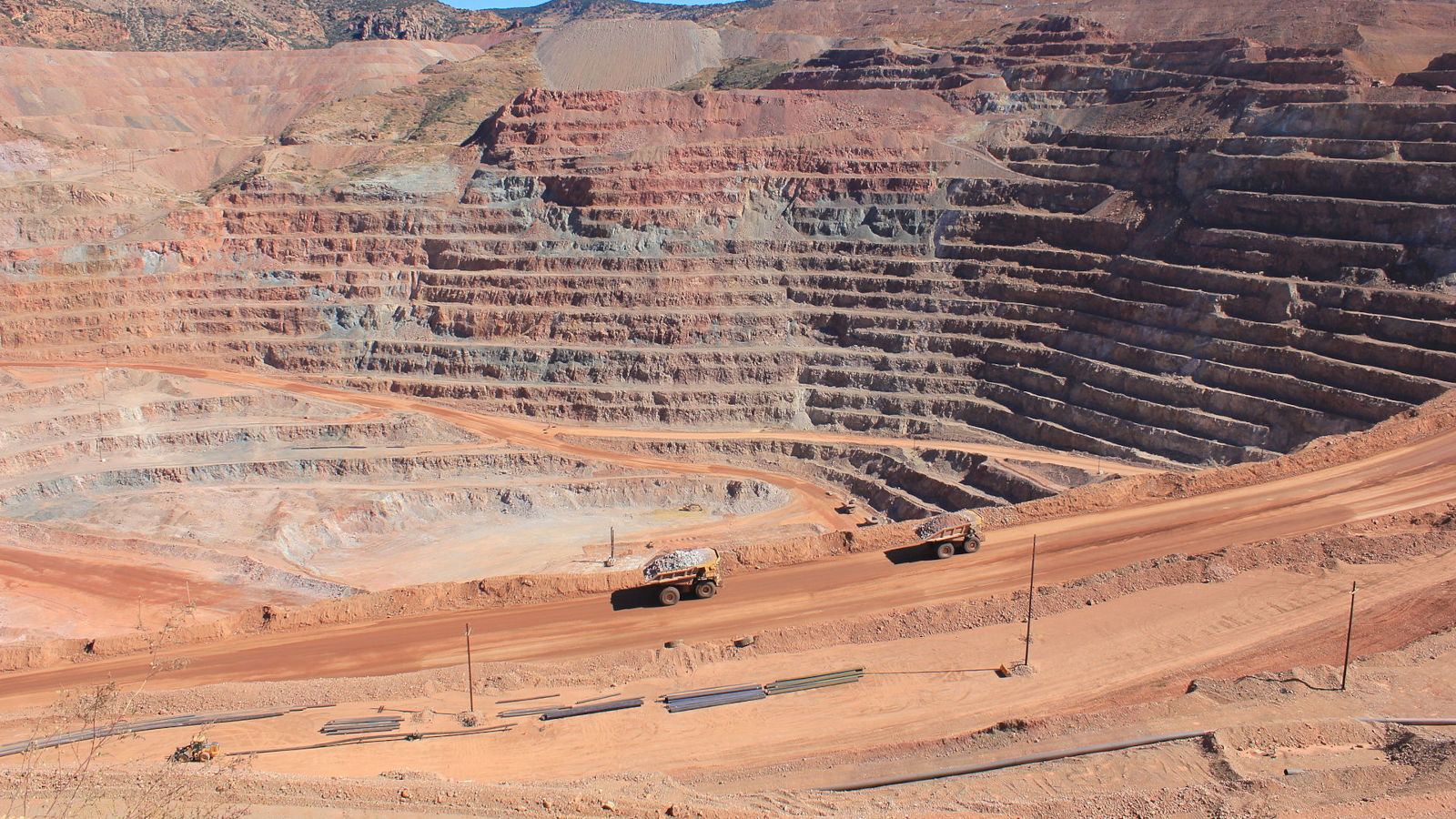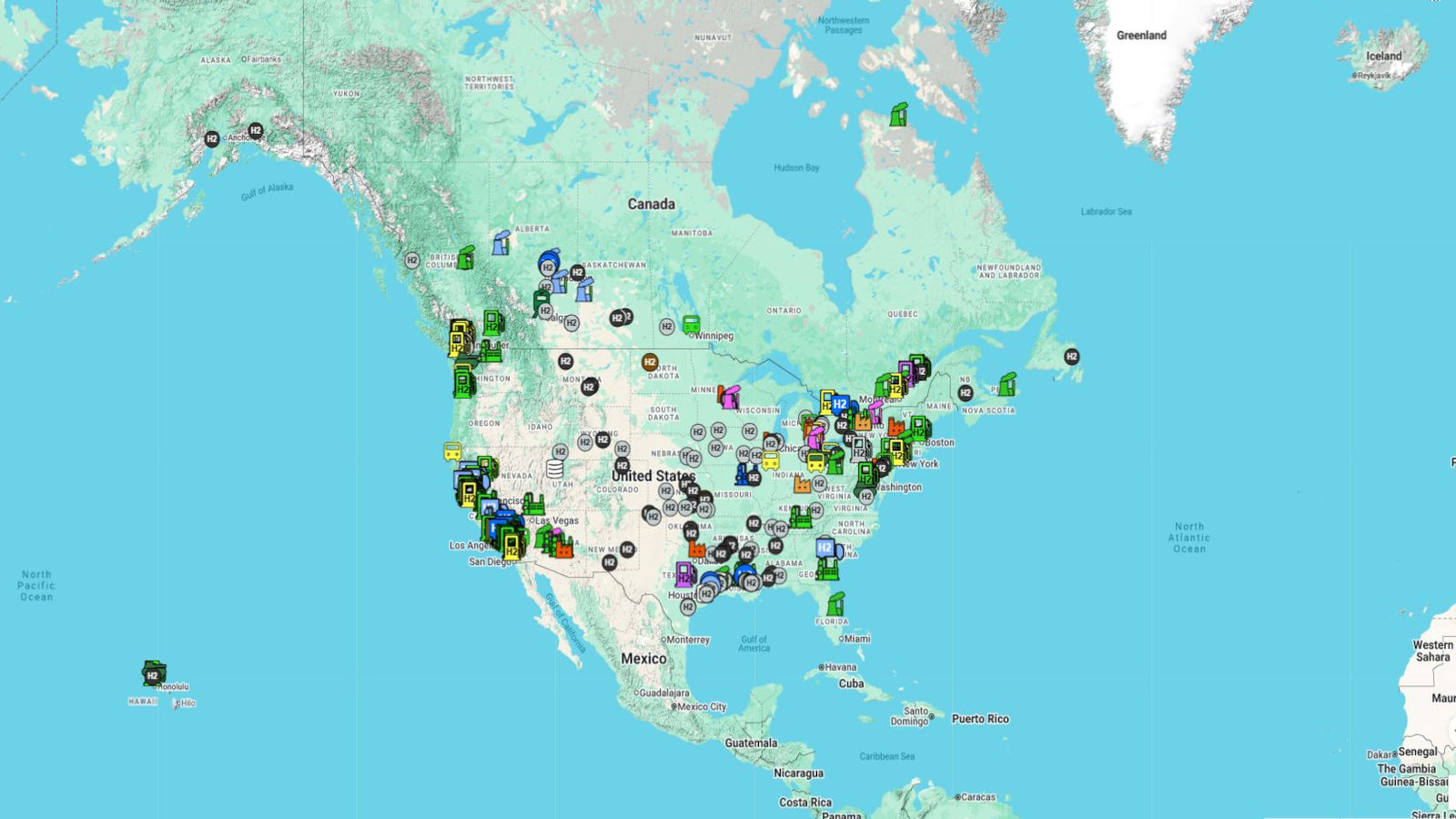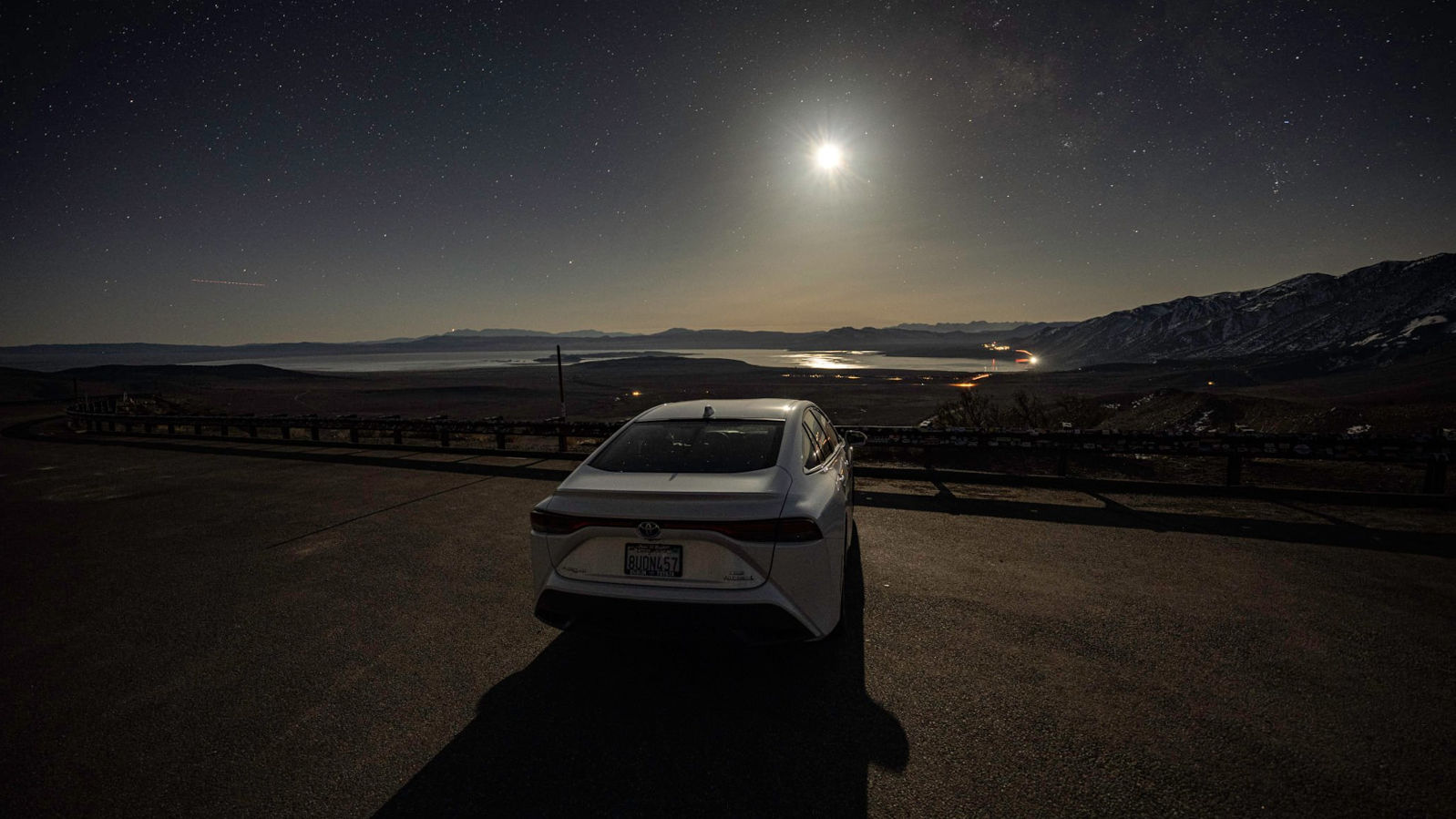Check Out Our Blog Posts:
-

Zero Emission Ammonia Production from Green Hydrogen
-
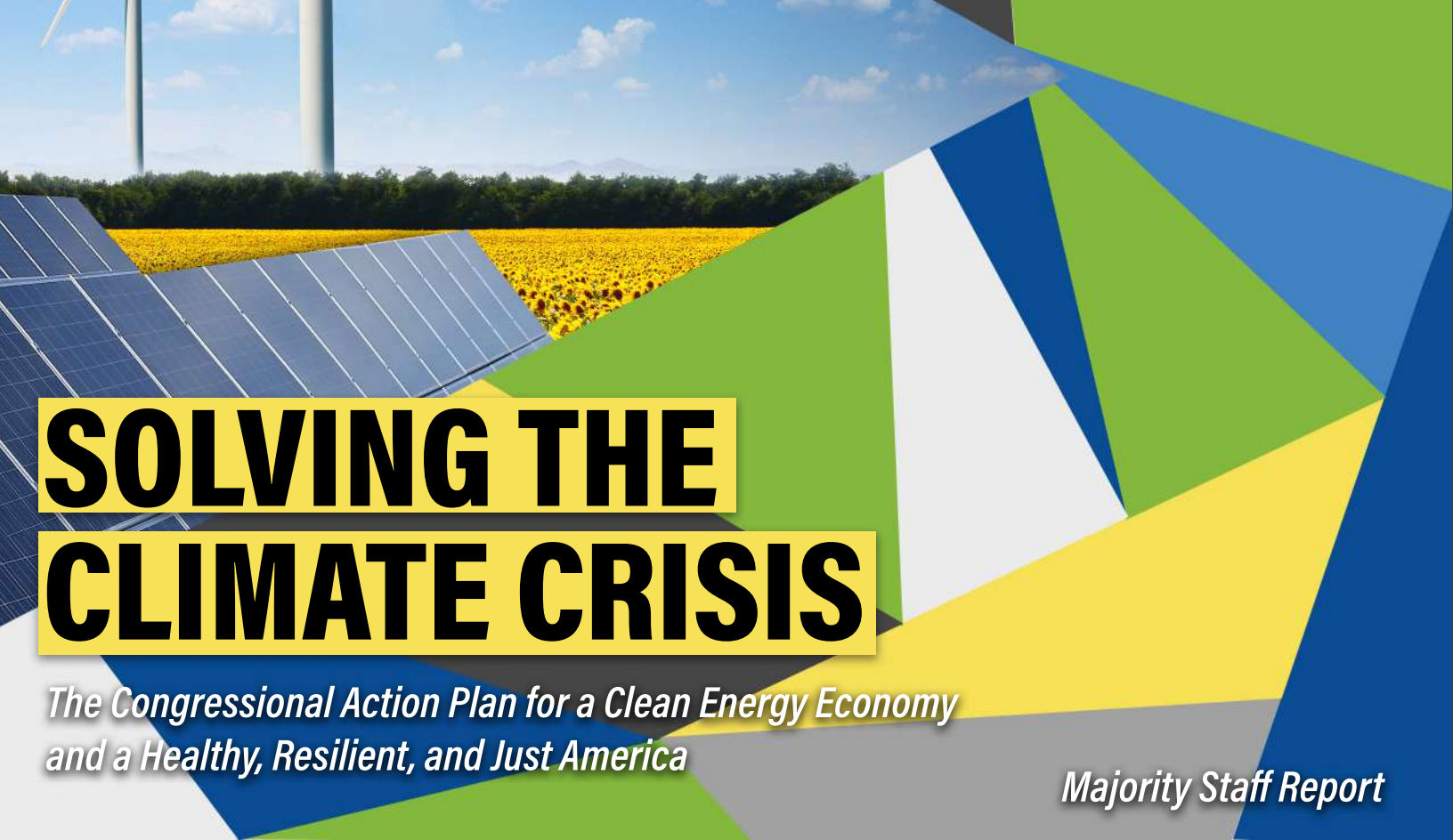
Solving the Climate Crisis – Document Review
-
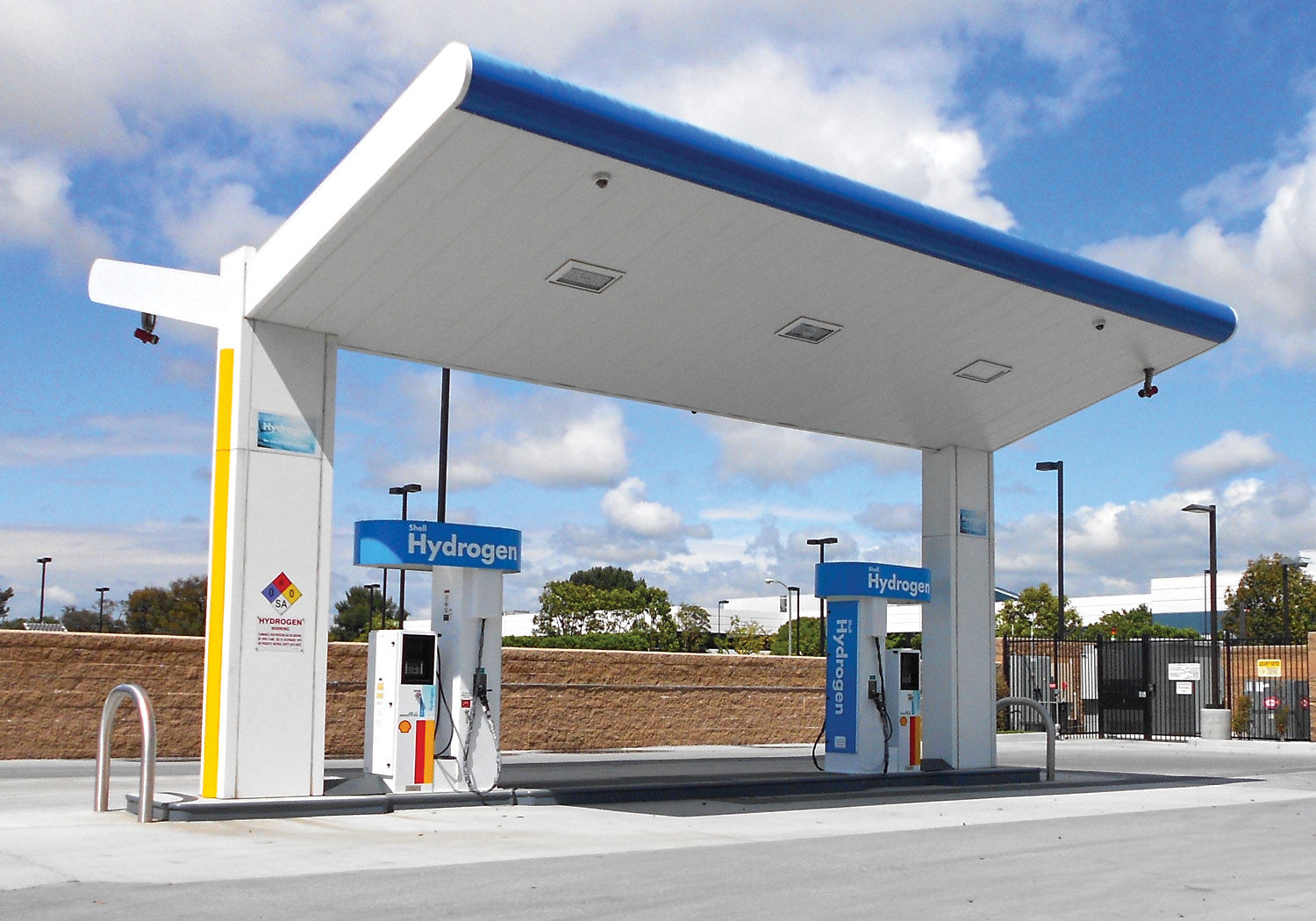
USA & CANADA QUARTERLY H2 INFRASTRUCTURE UPDATE 2020-Q2
-

100% Renewable Energy: Hydrogen Refueling -vs- Superchargers
-

The Failure of Edenville Dam & Sullying of Lake Huron: Safety -vs- Vanity
-
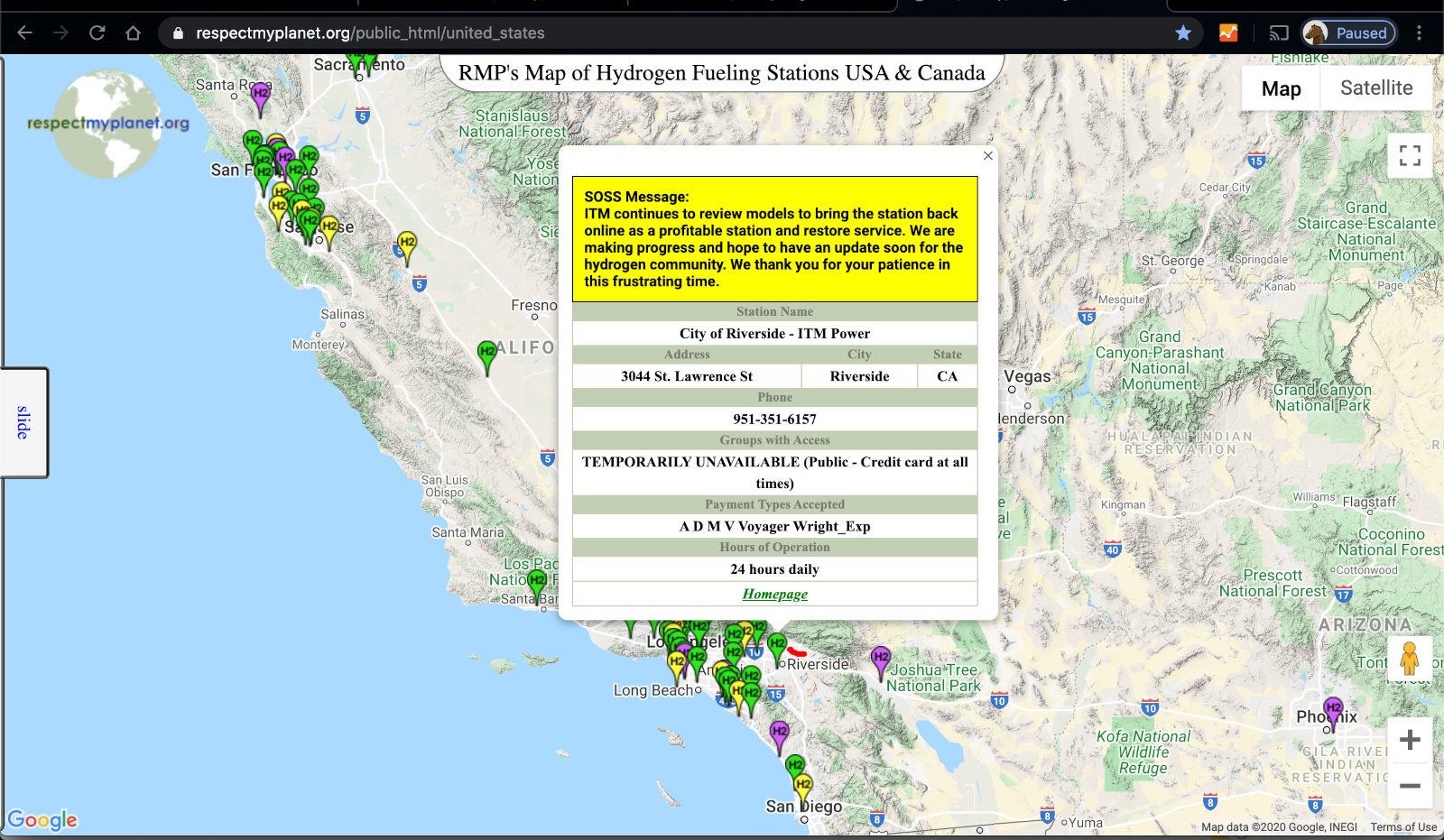
RMP’s Map of Hydrogen Stations in USA & Canada Upgraded
-

USA & CANADA QUARTERLY H2 INFRASTRUCTURE UPDATE 2020-Q1
-
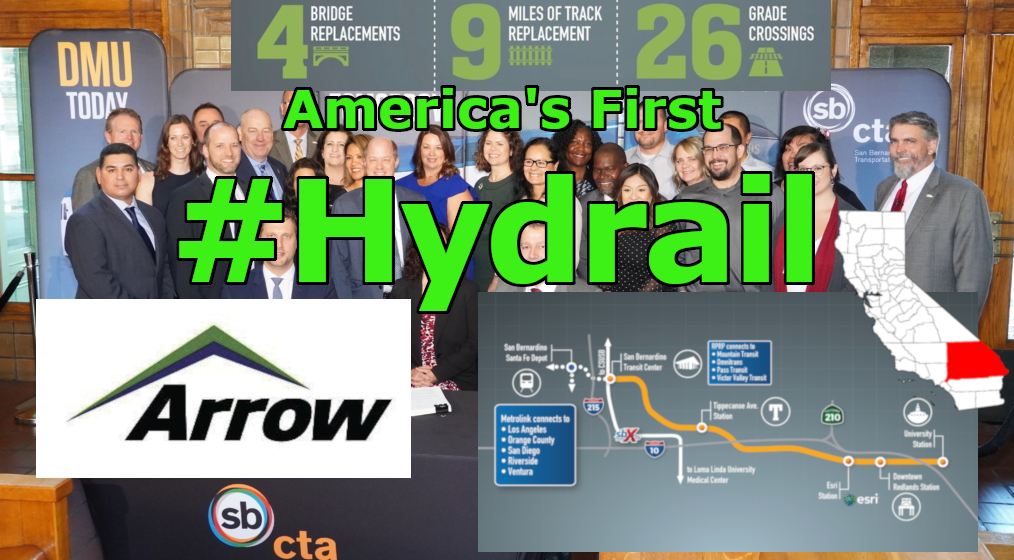
USA’s First Hydrogen Passenger Rail – San Bernadino California
-
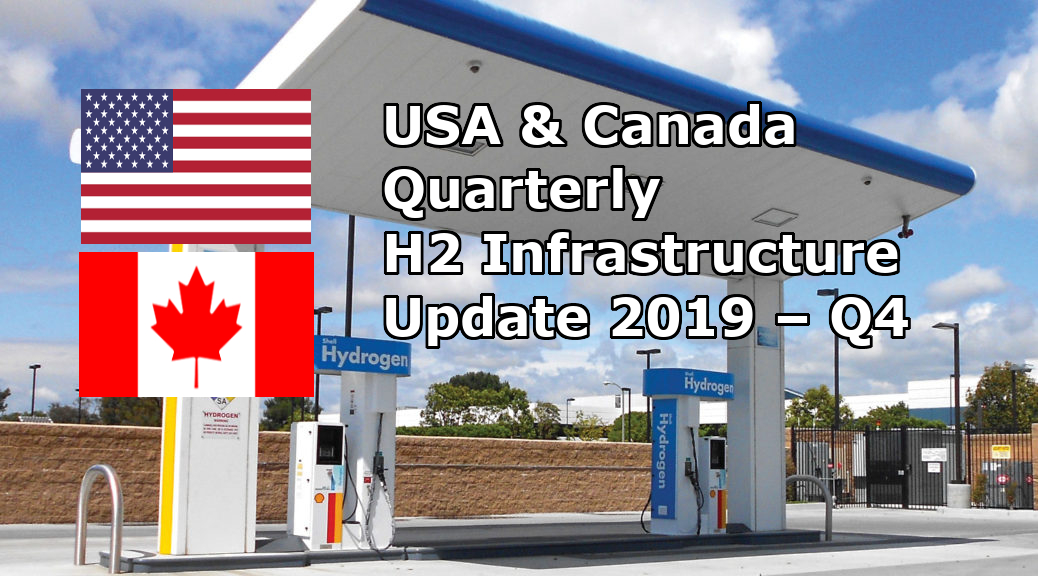
USA & CANADA QUARTERLY H2 INFRASTRUCTURE UPDATE 2019-Q4
-

USA & CANADA QUARTERLY H2 INFRASTRUCTURE UPDATE 2019-Q3
-

USA & CANADA Quarterly H2 Infrastructure Update 2019-Q2
-

Gelman DIoxane 1,4 Plume Map Ann Arbor Michigan
